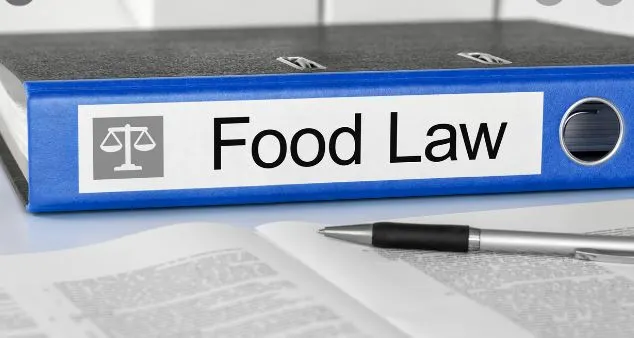
You expect food products to be free of defects and safe when you buy them. Unfortunately, some dangerous or defective food products can make it onto the shelves. They can cause serious illnesses or injuries. You may be able to sue the seller, manufacturer, or distributor of the food product if you or someone you love has been injured by a dangerous or defective product.
You will need to show that the food product you were injured by was dangerous or defective and that this defect was the cause of your injury. The manufacturer, distributor or seller must also be held responsible.
A food product distributor or manufacturer can be held liable for several different types of defects. These include manufacturing defects, warning defects and design defects.
A manufacturing defect occurs during the manufacturing process. A manufacturing defect could, for example, be an accidental metal fragment left in a food can during the manufacturing process.
A design flaw is a flaw that occurs in the product’s design. This can make it dangerous or unsuitable for its intended purpose. A design defect could, for example, be in a food processor that does not have a guard to protect the blades against contact with fingers or hands.
When the manufacturer or distributor does not provide sufficient warnings or instructions about the safe use of a product, this is a warning defect. A warning defect could occur, for example, when a product has an allergen, but the label does not clearly state this.
You will need to prove that the defect directly caused your injuries and that you wouldn’t have been injured without the defect.
You will need to prove that the seller, distributor or manufacturer was responsible for a defect. This includes proving that they were aware of the defect or should have been aware of it, and failed to take reasonable measures to correct it. You may need to prove that the manufacturer, distributor or seller failed to take proper quality control or testing measures or ignored complaints or warnings about the defect.
You may be entitled to compensation for your injuries if you can prove that you have met these requirements. This includes medical expenses, wages lost, and pain and discomfort.
In many cases, the manufacturer may claim that the product is not defective and that your injuries were not caused by the defect. The manufacturer or distributor may argue that the product has been misused, or that it was not used in the way intended.
Take the following precautions to protect yourself against injuries caused by defective or dangerous foods:
- Check labels for allergens and other warning signs.
- Food products should be reported to their manufacturer or distributor if they have any problems or defects.
- Keep all receipts and packaging of any food product that causes injury or illness.
- If you have any symptoms following the consumption of food, seek medical attention as soon as possible.
If you’ve been injured by a dangerous or defective food product, then you might be able to sue the seller, distributor or manufacturer for damages. In order to win a lawsuit you must prove that the product is defective or unreasonably dangerous, that it caused your injury, and that its manufacturer, distributor or seller is responsible for that defect. Always read the labels, report any suspected defects and see a doctor immediately if symptoms occur after eating a product.

